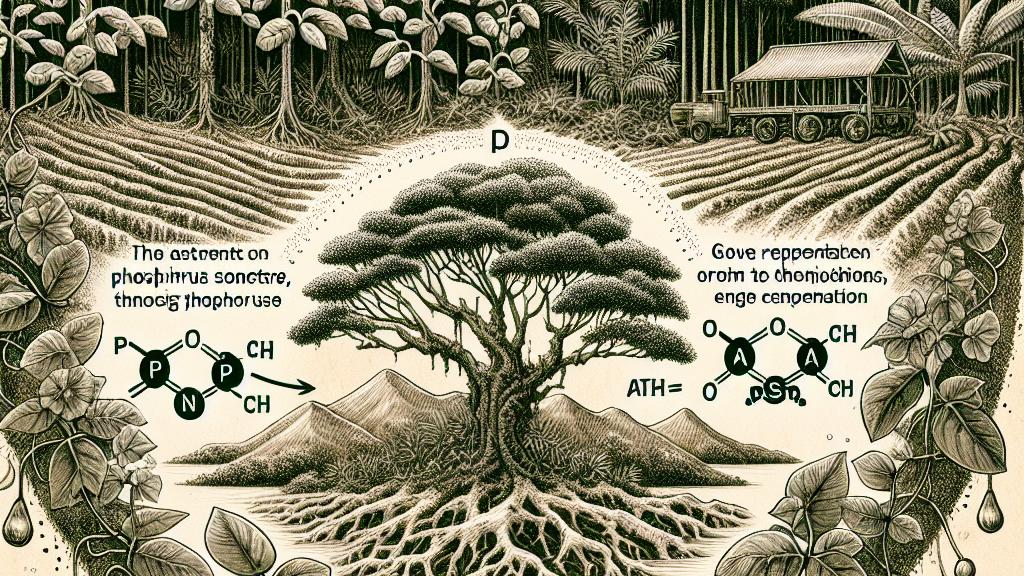Mechanisms of Phosphorus Cycling in Subtropical Forests
Overview
- Phosphorus is a vital nutrient that significantly influences plant health and growth in subtropical forests.
- A recent study reveals how Pinus massoniana trees adapt their phosphorus absorption based on age and seasonal changes.
- By understanding phosphorus cycling, forest managers can implement strategies that enhance both productivity and ecological sustainability.

The Crucial Role of Phosphorus
Phosphorus is often referred to as the lifeblood of vegetation, especially in the lush and diverse ecosystems of subtropical forests. It plays a critical role in key biological processes such as photosynthesis and energy transfer, found in molecules like ATP and DNA that are essential for life. Remarkably, many farmers and ecologists encounter the unfortunate consequence of phosphorus deficiency caused by leaching or erosion, resulting in poor soil health. For example, studies show that without adequate phosphorus, crops like soybeans can yield significantly less, highlighting just how crucial this nutrient is not only for sustaining forest ecosystems but also for global food security.
Exploring Phosphorus Cycling Dynamics
Recent research unveils fascinating insights into how phosphorus cycles within Pinus massoniana stands. As these trees mature, they demonstrate an impressive ability to absorb increasing amounts of bioavailable phosphorus from the soil, assisted by enzymes called phosphatases. This process is not just simple absorption; it involves the transformation of phosphorus into various forms crucial for plant functions. For instance, during the flourishing growing season, the trees favor metabolic phosphorus, vital for quick growth and energy. In contrast, during the colder non-growing season, they strategically shift their focus to residual phosphorus, underscoring their adaptability. These seasonal fluctuations provide a clear example of how ecological dynamics are interconnected, reminding us of the resilience of nature.
Implications for Effective Forest Management
The critical lessons gleaned from the phosphorus cycling mechanisms discussed can profoundly influence sustainable forest management practices. Armed with this knowledge, forest managers can adopt practices tailored to the specific phosphorus needs across different plantation ages and seasons. For instance, implementing strategies that account for seasonal changes in phosphorus availability can significantly boost tree health, growth rates, and overall forest productivity. This approach encapsulates a broader vision; it’s not merely about enhancing yields but also about nurturing a sustainable balance between human activity and ecological health. When we align forest management efforts with our understanding of phosphorus cycling, we set the stage for thriving, biodiverse forests that provide invaluable ecosystem services, such as improving air quality and combating climate change.

Loading...